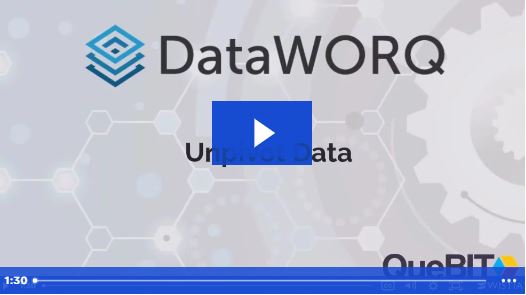
Mastering the Art of Unpivoting Data in DataWORQ
In this comprehensive guide, you’ll learn how to convert your pivoted data back to an unpivoted format using DataWORQ’s Unpivot node. Designed for those who want to explore the full range of DataWORQ’s data manipulation capabilities, this article explains how to effectively select and combine columns for Extended Planning & Analysis (xP&A). Using an example…
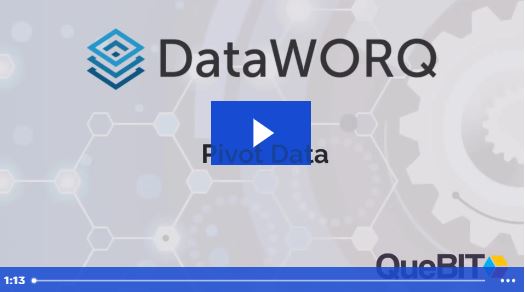
A Step-by-Step Guide to Data Pivoting in DataWORQ
Learn how to master the art of data pivoting in DataWORQ with this step-by-step tutorial. Aimed at business users looking to streamline Extended Planning & Analysis (xP&A), this article guides you from the point of pulling an unpivoted dataset from Excel to transforming it into a neatly pivoted dataset. We explain how to utilize the…
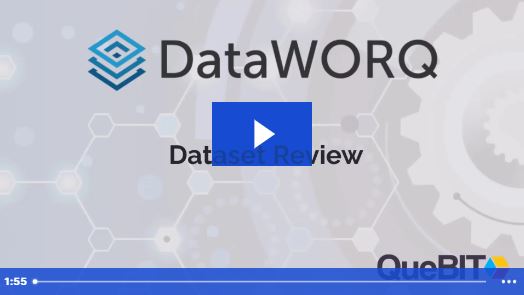
How to Leverage Pivot Tables in DataWORQ for Better Data Management
Discover the power of Pivot Tables within DataWORQ with our comprehensive guide. Ideal for professionals involved in Extended Planning & Analysis (xP&A), this article demystifies how to effectively navigate between pivoted and unpivoted datasets. Using real-world examples based on flower species data, we break down the benefits of each dataset format for your planning system.…
The Ultimate Solution for Streamlined Data Collection and Planning
Maximize Business Efficiency with ReportWORQ ReportWORQ revolutionizes the way businesses manage data collection and planning. With its user-friendly interface and robust capabilities, it’s designed to simplify data collection from internal and external sources, saving you hours of manual labor. • Eliminate the hassle of manually copying templates and transposing data. ReportWORQ automates these tasks so…
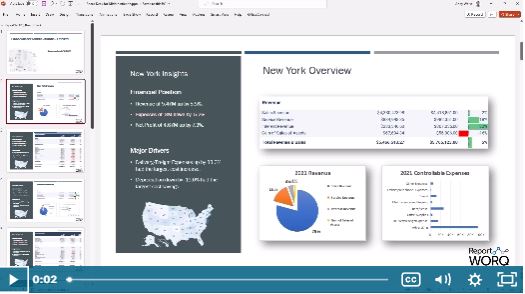
Streamlining Business Reporting with ReportWORQ: A Comprehensive Walkthrough
ReportWORQ offers an integrated solution for automating PowerPoint presentations and Excel-based reporting, saving your team valuable time and reducing the risk of manual errors. This article provides a detailed step-by-step guide on how to leverage ReportWORQ for generating dynamic briefing books, personalized P&L statements, and much more. Sections Included: Introduction to ReportWORQ What sets it…
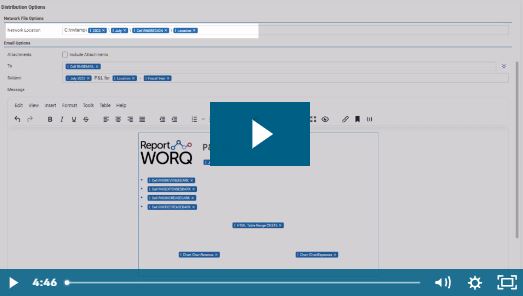
Create Dynamic Email Dashboards with ReportWORQ: Personalized Financial Reporting Across 50 States without Attachments
ReportWORQ’s rich and dynamic email dashboards help Finance drive data adoption by enabling business users with clear and timely data, while also helping IT improve the security and availability of sensitive data. Watch as we demonstrate how to use ReportWORQ variables to generate personalized email dashboards, complete with conditional formatting, snippets from reports, and visuals.…

Euclid Studio: Load a Table from a File
In this video you will learn how to import data into Euclid Studio from a Flat File.

Euclid Studio: Move Data from One Table to Another
This video will show you how you can move data between Databases in Euclid Studio.

Euclid Studio: Order Steps in a Job
In this video you will learn how to control the orchestration of your Flow in Euclid Studio. You will be shown how to order the steps of your Flow, so they happen in the correct order. When running the Flow as a Job you have the ability to specify the orchestration strategy you would like…

Euclid Studio: Rename and Remove Fields
This video shows you how to Rename and Remove fields from a Euclid Studio Flow. This approach applies to any data in a segment on the Euclid Studio canvas. For example, you can Rename and Remove fields from data that started as a Flat File or from a Database Table.

Euclid Studio: Combine Many Sources Into One
In this video you will learn how to combine many data sources in Euclid Studio. This approach can combine data from various sources such as Flat Files and Databases. Even if the data isn’t in the same shape you can use Euclid Studio to shape the data and seamlessly combine it in a single…

Euclid Studio: Connect and Configure Nodes
This video instructs you how to connect and configure Euclid Studio Nodes. Orchestration of these Nodes is done using the canvas and Node connections.
- « Previous
- 1
- 2

Get Started with Snowflake
Snowflake is a cloud computing–based data cloud company based in Bozeman, Montana founded in July 2012. Snowflake offers a cloud-based data storage and analytics service, generally termed “data-as-a-service”. Its key features include options for Security, Governance, and Data Protection, Standard and Extended SQL Support, Various built-in Tools and Interfaces, easy Connectivity, Data Import and Export,…
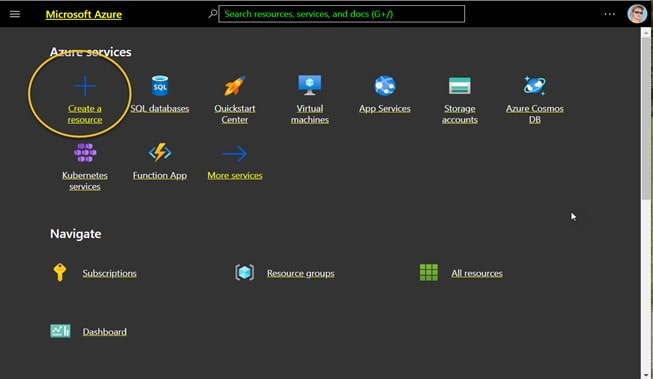
What is MariaDB?
MariaDB, created by the original developers of MySQL, is an open source relational database management system that is a compatible, literal “drop-in” replacement for the widely used MySQL database technology. MariaDB offers more and better storage engines which are designed to efficiently manage data files, the data, and the index caches. NoSQL support, provided by Cassandra, allows you to run…

Taming the Many Tabbed Excel Workbook
Have you ever opened an Excel workbook and been surprised by the number of sheets it contains? Perhaps you are looking for something, or don’t know where to begin? This article shares a great trick in Excel if you need to see at-a-glance what all the tabs are in a workbook. You can build your…
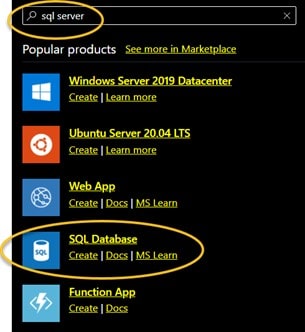
Azure Query Performance Insight
Query Performance Insight proposes to provide “intelligent” query analysis for single and pooled (databases in a pool are on a single server and share a set number of resources ) databases. It identifies those queries that consume the most resources as well as the longer-running queries. This helps find which queries to optimize to improve…
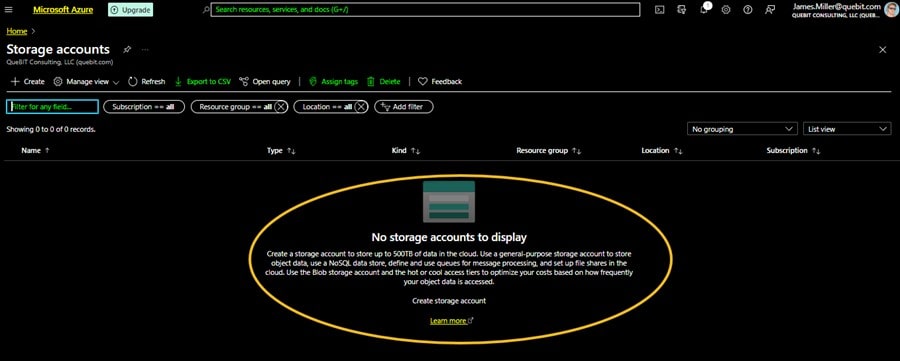
Exploring the Azure Data Factory
Since I’ve worked with SQL Server Integration Services (SSIS) off and on for a while, I have been anxious to explore Azure Data Factory (or ADF) to see what the differences are and how it stacks up. While SSIS may be a familiar ETL tool for on-premises work, Azure Data Factory (defined as a “platform…
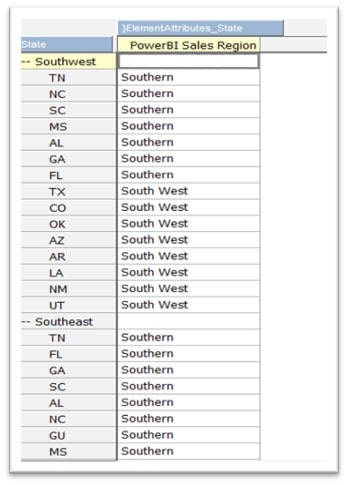
Discovering Custom Maps in Power BI Desktop
The objective of this exercise is to explore the use of Microsoft Power BI Desktop (version 2.98.1) to create a map visualization, so, let’s start by answering the question: what is a map visualization? Map visualizations are used to analyze and display geographically related data and present it in the form of a map. This…

Creating a Simple Azure App Service Web App
The Azure App Service is a Platform as a Service (or PaaS) offering from Microsoft. It’s a component that provides resources for deploying web applications and for making deployed web applications accessible by HTTP clients. You can use it to host web applications, REST API’s and backend services for mobile applications in almost any programming language…
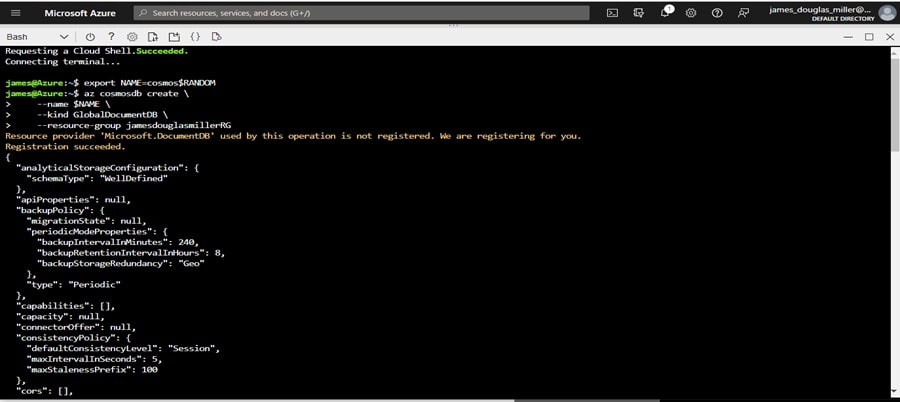
Exploring Azure Cosmos DB
Azure Cosmos DB is a fully managed NoSQL database designed for modern app development. Microsoft states that “…any web, mobile, gaming, and IoT application that needs to handle massive amounts of data, reads, and writes at a global scale with near-real response times for a variety of data will benefit from Cosmos DB…”. In this post I want to demonstrate…

Creating a Docker Application
Create a project To create a Docker application, you need an application and a (Docker) image file. In this example we’ll use a very simple Python script as the application, so we have to create 2 files: A “py” file (the python script that will contain the code to be executed) A ‘Dockerfile’ file (the…
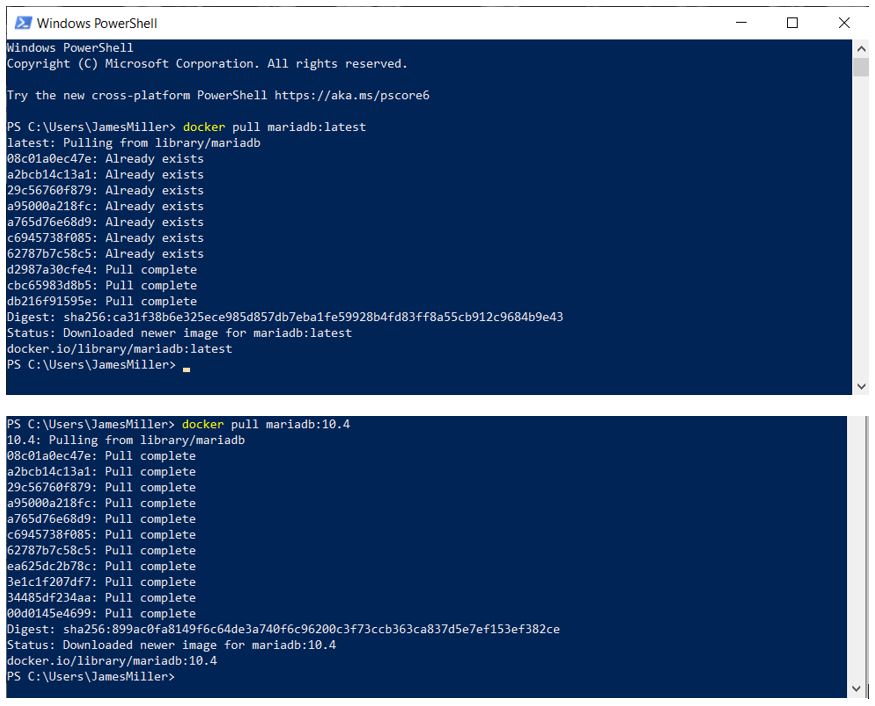
Running MariaDB in a Docker Container
In this article a MariaDB server image is created and run in a Docker container. A DBeaver connection to the container is established. Next, bash commands are used to execute MySQL statements to perform various database tasks such as create a new MariaDB database, create a table, create a CSV data file and load the…

Doing Development with PostgreSQL and Docker
In this post I want to demonstrate how to create and start a Docker container using a Postgres image to run a PostgreSQL database server in a Docker container so that I can do some development in my local environment. Docker Assuming Docker is running, the first step is to create a container running PostgreSQL.…

PostgreSQL and JSONB
Forensic Files is a documentary-style, true crime series which reveals how forensic science is used to solve violent crimes, mysterious accidents, and even outbreaks of illness. Being a fan and most likely having watched all of the episodes in the series (more than once!) I was inspired to build a database to be used as…
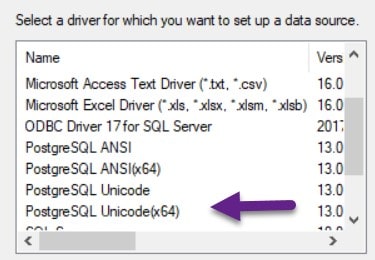
PostgreSQL and Planning Analytics
Regardless of whether you are working with IBM Planning Analytics Workspace on cloud or Planning Analytics Workspace Local, an ODBC data source can be established so that you can use it as a process data source and therefore integrate your PA model with your organizations existing infrastructure. In this article I want to demonstrate how…
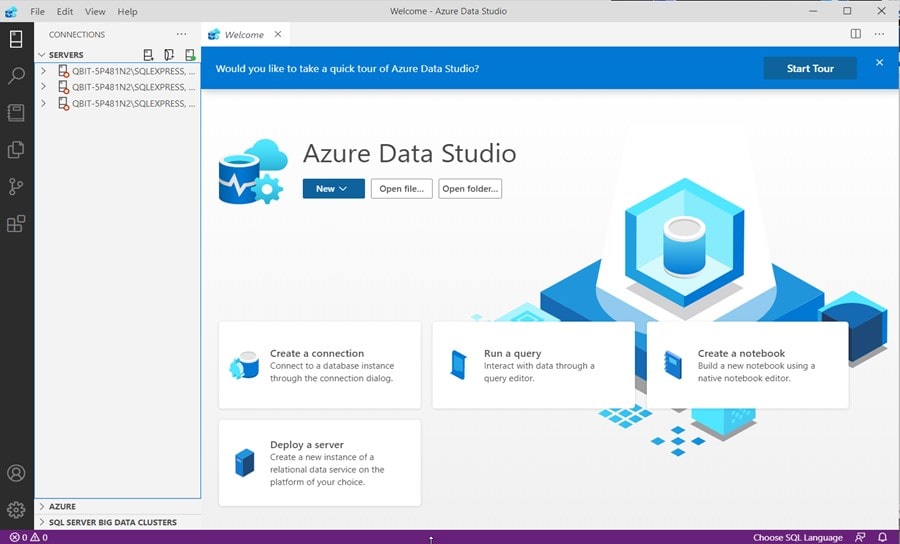
SQL Server IMAGE and VARBINARY Data Types
The IMAGE data type in SQL Server has been used to store the image files. Recently, Microsoft began suggesting using VARBINARY(MAX) instead of IMAGE for storing a large amount of data in a single column since IMAGE will be retired in a future version of MS SQL Server. Illustration As always, I think the best way to understand something is…

Exploring the SQL Cartesian Join
Joins are an interesting and critical part of understanding and using the SQL language. One of the most curious is the Cartesian join. Simply put, cartesian joins generate a “cartesian product”, which is defined as “…the product of two sets: the product of set X and set Y (is) the set that contains all ordered…
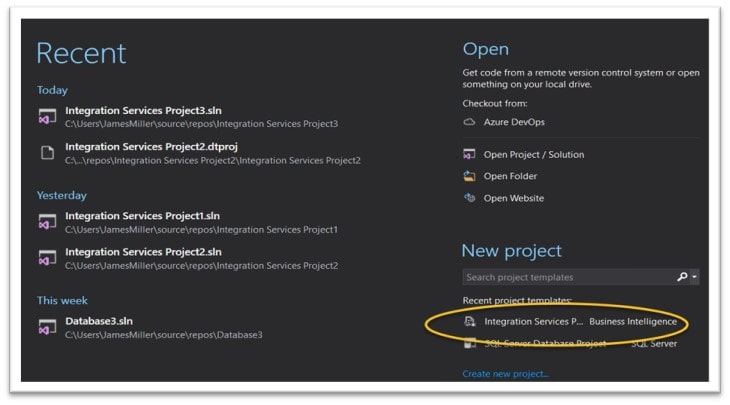
A SQL Server Integrated Services SSIS Exercise
SQL Server Integration Services is a platform for building enterprise-level data integration and data transformations solutions. You can use Integration Services to perform a variety of tasks such as maintaining data hubs that serve Planning Analytics or other enterprise applications. The following outlines the process of creating and deploying a working SSIS package that takes…

Exploring Symmetric Encryption in SQL
There is a very helpful article describing how to encrypt a column of data in a relational database by using symmetric encryption (sometimes known as column-level encryption, or cell-level encryption) using Transact-SQL found here: https://docs.microsoft.com/en-us/sql/relational-databases/security/encryption/encrypt-a-column-of-data?view=sql-server-ver15. After reading the article, I felt like working-through the provided examples myself in order to dig a bit deeper into…
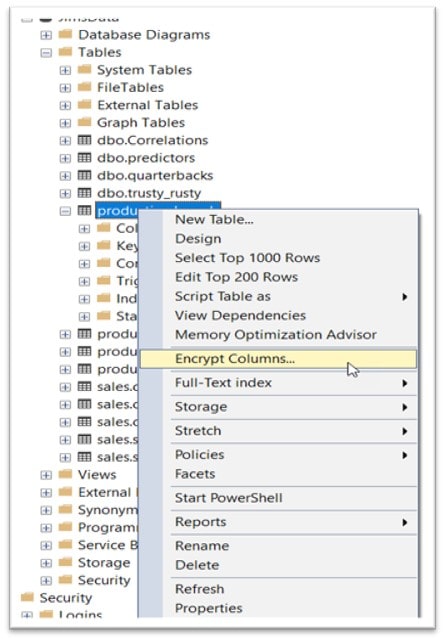
Always Encrypting Sensitive SQL Data
In an earlier post I spent some time exploring symmetric encryption in SQL Server. In this article I wanted to address another kind of security offered in SQL Server: “Always Encrypted”. Always Encrypted is a security feature which was introduced in an earlier version of SQL Server and is designed to ensure that data stored…

Azure Key Vaults and SQL Encryption
I started a “few posts ago” exploring the topic of SQL Server encryption, beginning with Symmetric Encryption and then looking at the “Always Encrypted” feature. In the second post, I configured Always Encrypted on a column in a SQL table and stored the encryption key in the Windows certificate store on the client machine. In…

Managing Timeouts in ControlWORQ
This article covers settings that can be changed to adjust different timeouts in your ControlWORQ installation. ControlWORQ has timeout settings which can be added or modified to adjust how long a connection remains open or how long an operation (like intercompany eliminations) runs before timing out. ControlWORQ timeouts work in tandem with Planning Analytics (PA)-based…

Supported Excel and TM1 worksheet functions by WebWORQ
Excel and TM1 worksheet expressions supported by WebWORQ include: Cell references, e.g. =B$22, =Sheet5!$K$6. Expressions built up of combinations of the following subset of predefined Excel functions and operators: Operators: +, -, *, &, =, <, >, >=, <=, <> Logical Functions: TRUE, FALSE, NOT, AND, OR, IF TM1 Functions: DBR, DBS, DBSS, DBRW, DBRA, DFRST, DIMNM,…
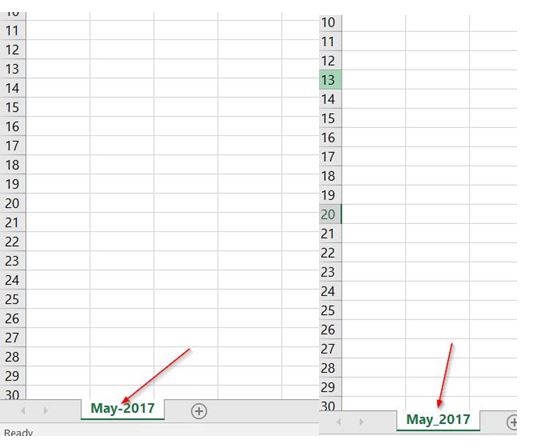
Expansions stop working after updating sheet names in WebWORQ
Expansions stop working after updating sheet names Issue: Updated sheet names to include -, expansions stopped working on the web Resolution: Change the – to _ and republish sheet Open WebWORQ Excel file where the expansion is not working Review Sheet names If sheet name contains a – , rename the sheet to contain _…
